May 29, 2025 | 19:34 GMT +7
May 29, 2025 | 19:34 GMT +7
Hotline: 0913.378.918
May 29, 2025 | 19:34 GMT +7
Hotline: 0913.378.918
Mr. Raja Karunanethi and Mr. Samuel, two international judges of Singaporean aquarium fish, reached this conclusion after judging at the "Ho Chi Minh City Aquarium Fish Festival" at the end of May 2023.
Specifically, these two evaluators remarked, "We have never witnessed a competition for ornamental fish in Vietnam that was as grand and magnificent as this one." Specifically in the realm of betta fish, the fish quality is exceptionally high. We hope to be invited to more competitions like this in order to broaden our perspectives and share our experiences.
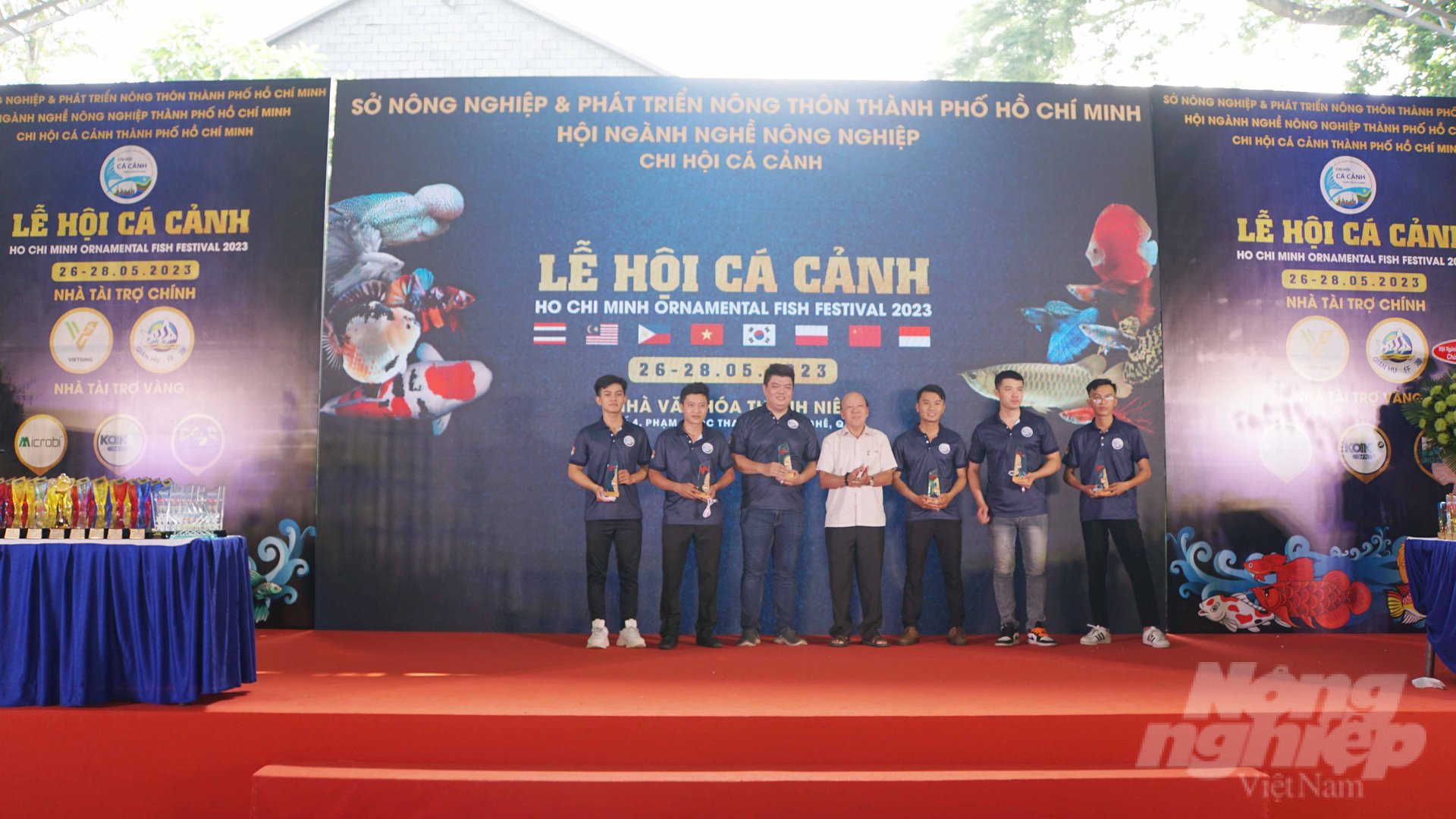
Ho Chi Minh City regularly organizes ornamental fish competitions to exchange and learn from each other's experiences and is also an opportunity to promote to friends from other countries. Photo: Le Binh.
Or, Mr. Inkgreen, a Thai ornamental fish artist and renowned international adjudicator, remarked that the Vietnamese fish competition is more outstanding than the Thai competition this year. I was also astonished by the number of participants in this organization. This is what we truly desire in a country renowned for its ornamental fish, but we have not yet achieved it.
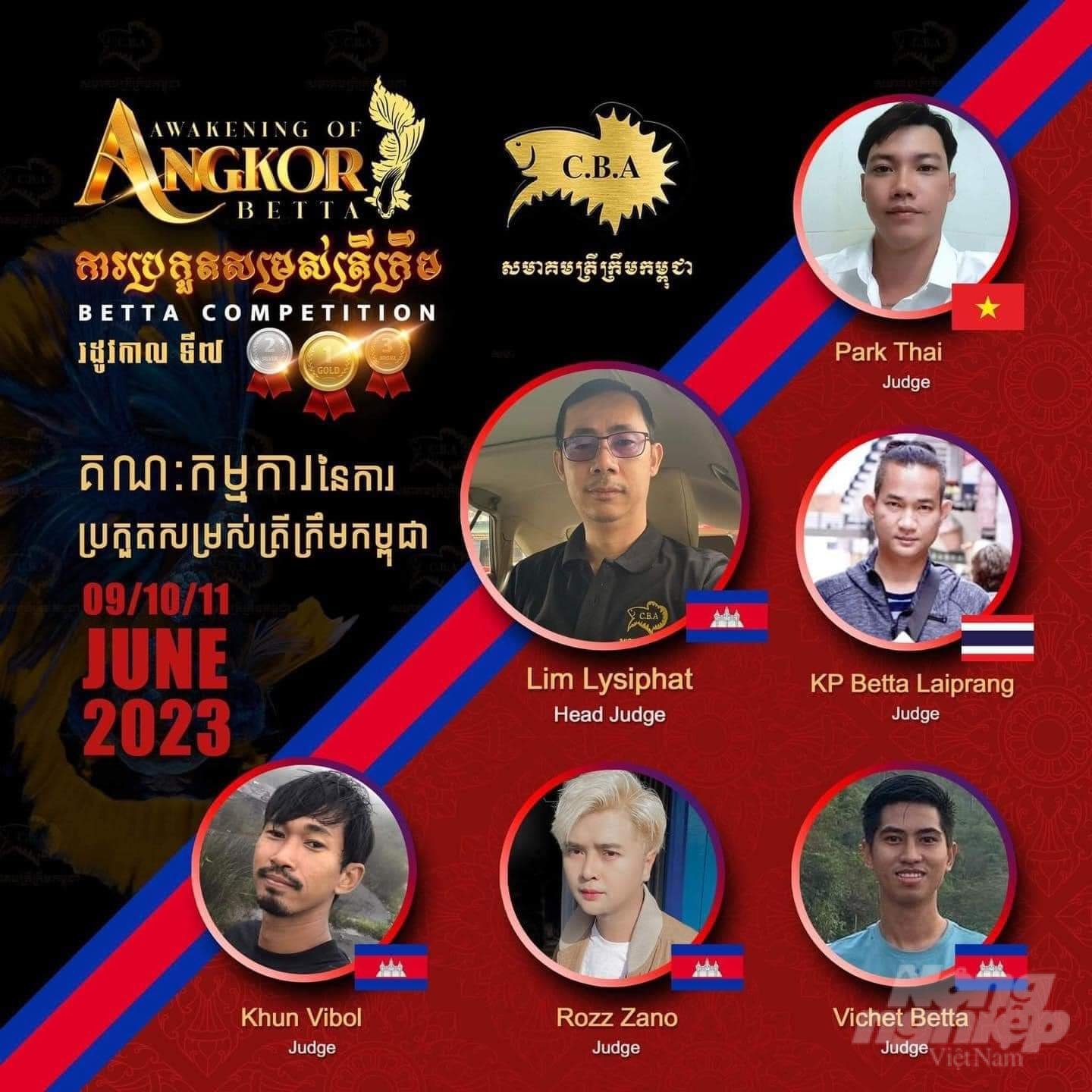
Vietnamese judges are also regularly invited to judge international ornamental fish awards. Photo: Le Binh.
With nearly 1,900 lakes participating, the Ho Chi Minh City Ornamental Fish Festival is the largest ever in Ho Chi Minh City and the entire country. Many unique, peculiar, and attractive ornamental fish, such as Goldfish, FlowerHorn fish, Guppy fish, Siamese fish (Betta), Discus fish, and Arowana fish, have attracted many visitors and tourists. A crew of foreign evaluators from Finland, Malaysia, Thailand, Indonesia, Korea, China, the Philippines, and Singapore also participated in the competition.
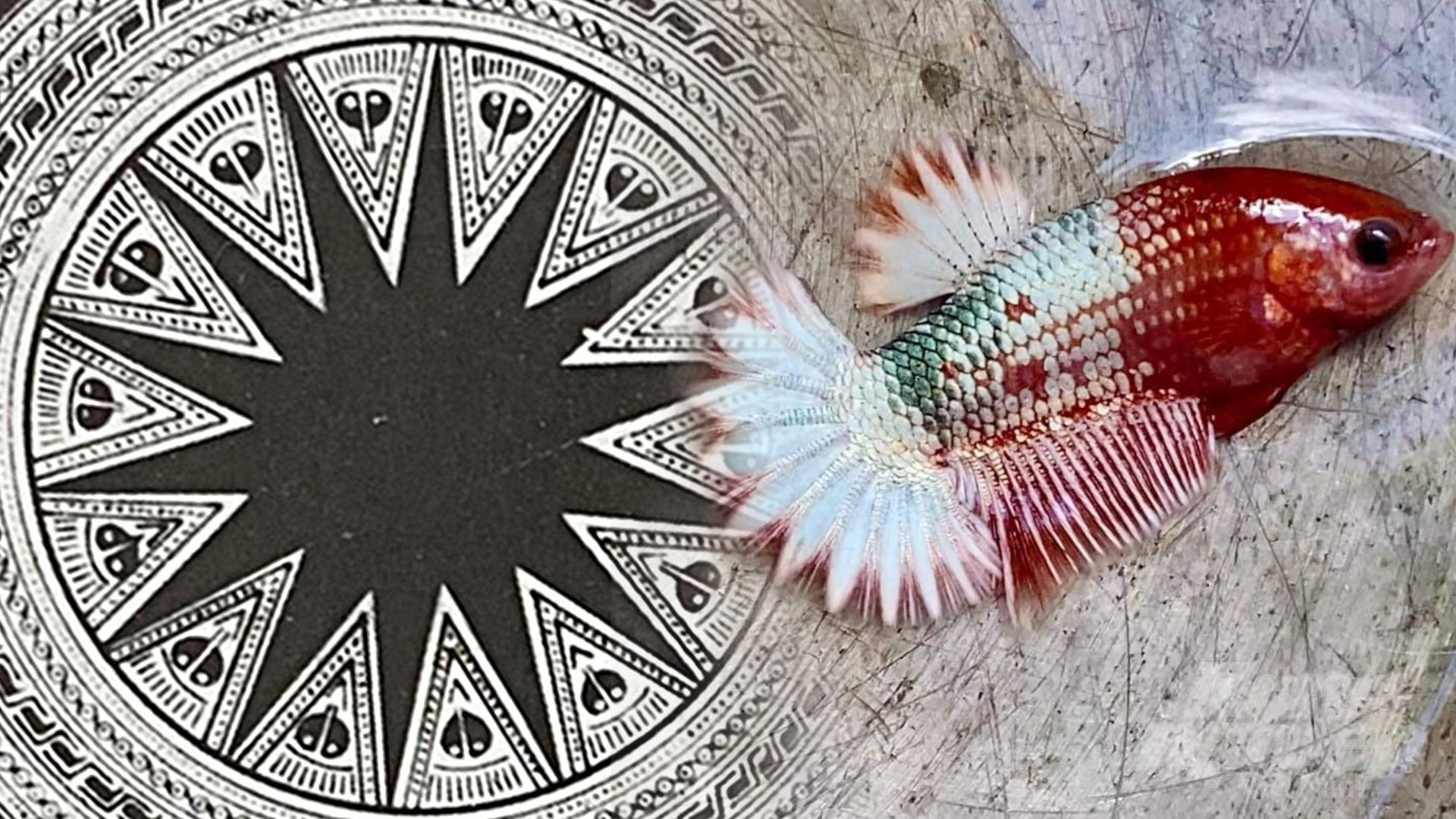
The Fancy Copper Startail fish line (Betta fish) carries the Vietnamese cultural brand and appearance with Dong Son bronze drum motifs right on the tail. Photo: Le Binh.
In addition, the "2023 National Koi Fish Exhibition" was conducted in Ho Chi Minh City with over 140 fish basins and nearly 600 different species of fish. The judging jury is comprised of the proprietors of the largest Koi fish farm in Japan. Mr. Marudo, the President of the Japan Koi Fish Association, was also a judge. Mr. Marudo was quite surprised by the following statement: "The uniformity of Koi fish in Vietnam, and the level of Vietnamese artisans who raise Koi fish, is not significantly lower than that of Japanese artisans."
Mr. Tan Xuyen, the head of the Ho Chi Minh City Ornamental Fish Association, told Vietnam Agriculture News that the city presently raises over 100 of the most popular ornamental fish species in the world. Mr. Tan Xuyen explained, "Each strain and discipline also divides into many different species, so Ho Chi Minh City is the place to rear, tame, and breed many different species of ornamental fish in order to meet the increasing diversity of preferred fish form."
Long absent from Vietnam, Arowana fish aficionados have formed a strong community, despite the difficulty of possessing and caring for this species. Many people believe that possessing an Arowana fish will result in prosperity.
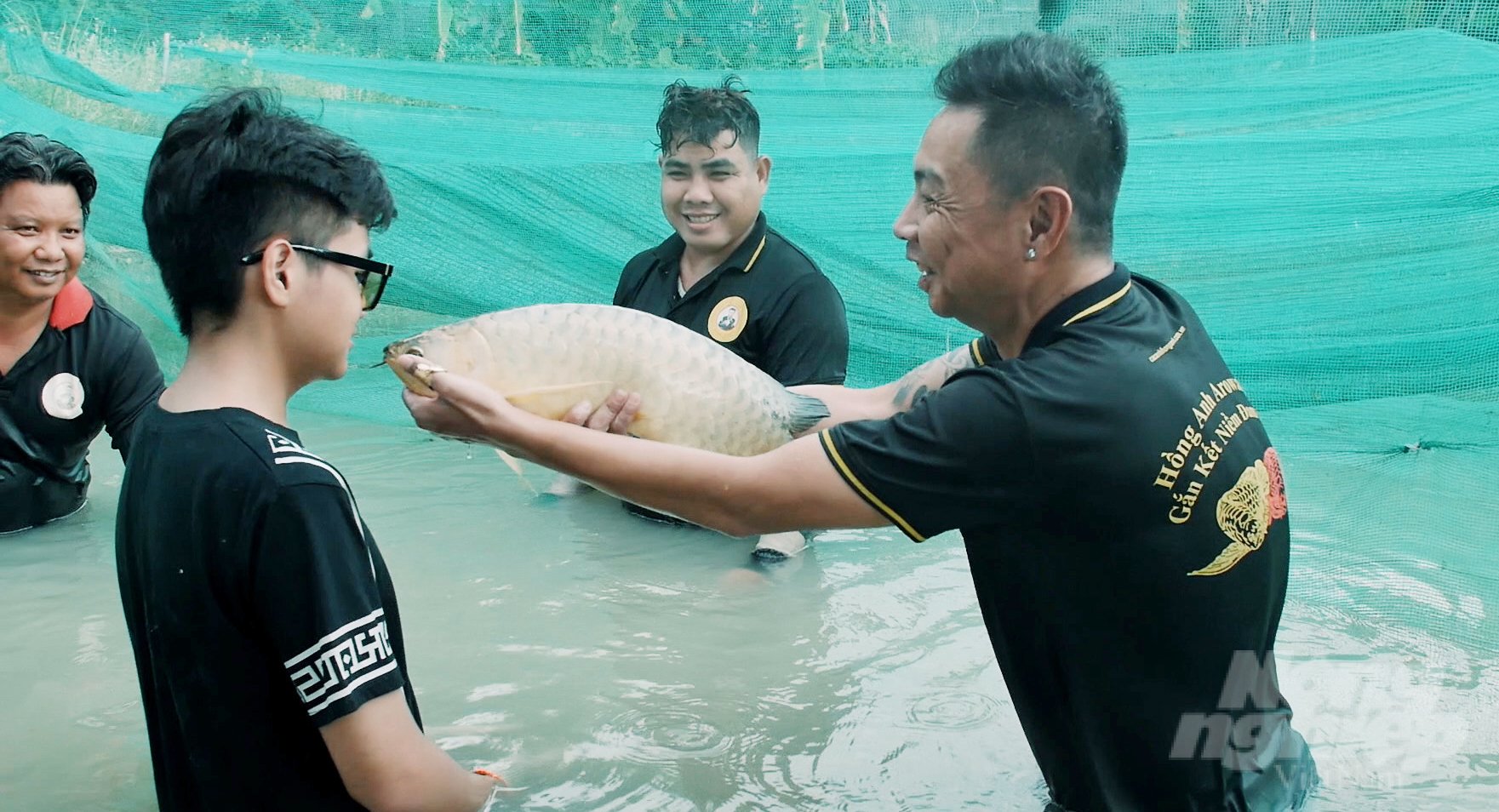
Mr. Hoang Manh Long is currently the only Vietnamese person who is practicing the technique of rearing arowanas to lay eggs, reducing dependence on importing fish from abroad. Photo: Le Binh.
Only the Hong Anh fish facility (located in Phu Nhuan District, Ho Chi Minh City) is known to produce valuable arowana fish in Vietnam.
Mr. Hoang Manh Long, the proprietor of the ornamental fish facility, stated that he and other fish enthusiasts had to travel to Singapore and Malaysia in the past to import fish. This is regarded as the "capital" of this costly fish.
Mr. Long and his team of engineers have effectively bred every type of Arowana fish in the globe, after conducting research and consulting with experts in Singapore, Malaysia, and China. No longer is it necessary to import Arowana seeds from other nations; rather, Hong Anh Arowana fish have been exported to Southeast Asian and European nations.
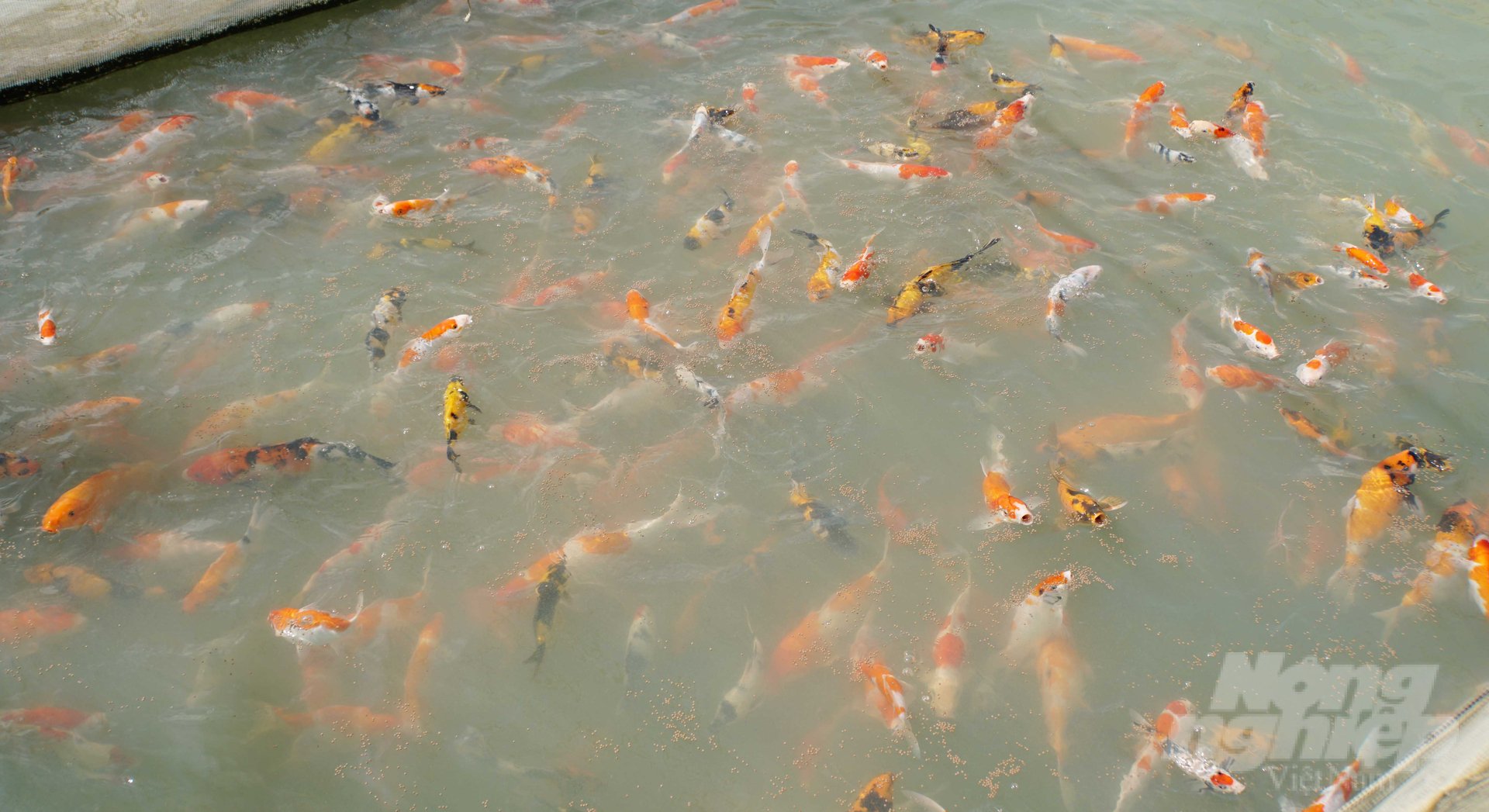
Ho Chi Minh City has ornamental fish farming models of up to thousands of square meters, providing a stable source of fish to the market. Photo: Le Binh.
Having the opportunity to visit ornamental fish farms in the Cu Chi district, I am convinced that Ho Chi Minh City is headed in the correct direction. Many farms, ranging in size from several thousand square meters to dozens of hectares, provide ornamental fish for the entire nation and for export.
Binh Minh Koi Farm (Trung Lap Thuong commune, Cu Chi district) is recognized as Ho Chi Minh City's largest Koi fish farm. This farm harvests and supplies more than 15 tons of commercial Koi fish to the market annually, which amounts to tens of thousands of fish.
Mr. Nguyen Ngoc Hai - owner of Binh Minh Koi Farm said he is also following the direction of being self-sufficient in fish spawn sources, less dependent on fish imports. Mr. Hai has been a pioneer in Koi fish breeding on his own for many years, adhering to stringent procedures to produce high-quality Koi fish for the domestic market and for export.
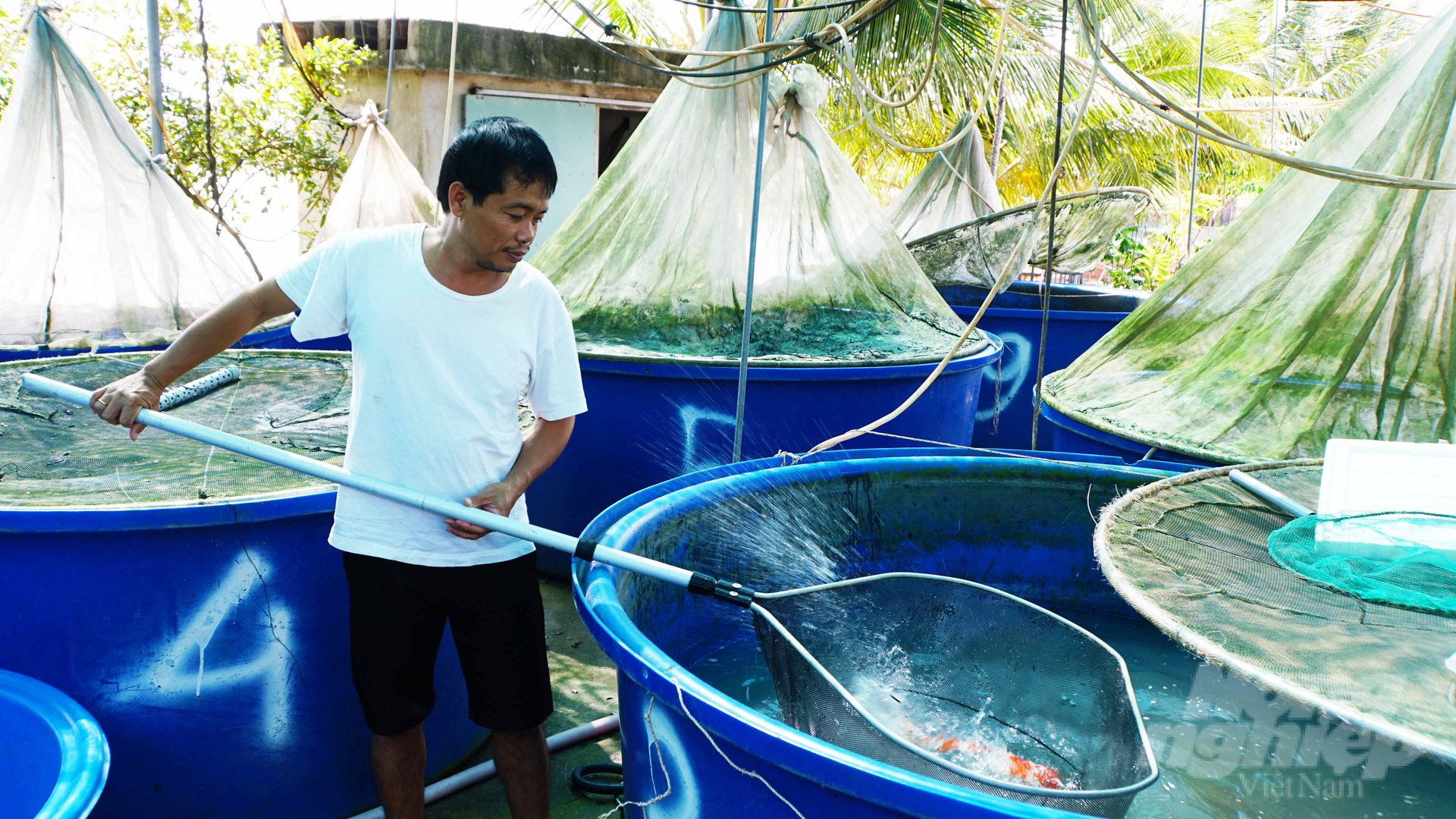
After nearly 20 years in the profession, Mr. Nguyen Ngoc Hai said that Vietnamese Koi fish also have a brand name in the market and are proactive in getting good seed sources. Photo: Le Binh.
Mr. Hai's nearly two decades of experience in ornamental fish cultivation make him an inspiration and guide to many Koi fish keepers. Mr. Hai's devoted direction led to the establishment of numerous Koi fish farms.
Thien Duc ornamental fish farm is located opposite of Binh Minh Koi Farm. This is also one of the largest ornamental fish farms in Ho Chi Minh City, supplying domestic and international markets with hundreds of species of ornamental and aquatic fish. This ornamental fish farm sells nearly 2 million fins of more than 50 species of ornamental fish annually.
Translated by Linh Linh
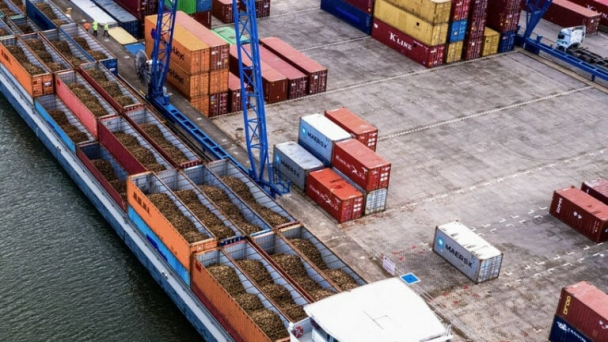
(VAN) The mutual export of agrifood products between the European Union (EU) and the United Kingdom (UK) must occur again without certification, border controls or other red tape. This was agreed at the UK-EU summit.
/2025/05/22/5121-2-173645_677.jpg)
(VAN) NBSAP Tracker identifies strengths and areas for improvement in the National Biodiversity Strategy, based on each region’s priorities and capacities.
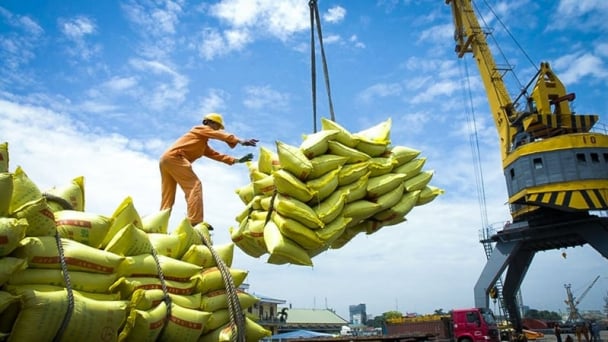
(VAN) The draft amendment to the Circular on rice export trading stipulates a periodic reporting regime for rice exporting enterprises.
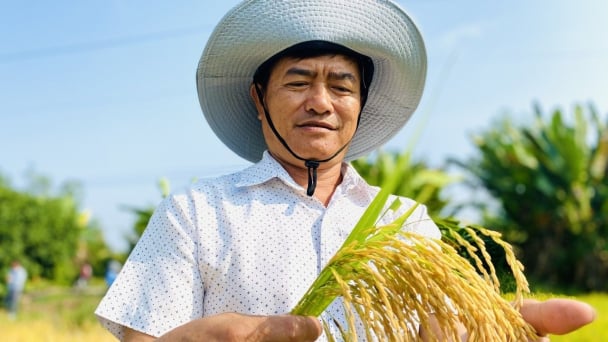
(VAN) Dong Thap farmers attained an average profit margin of 64% during the summer-autumn 2024 crop (first season), while An Giang and Kien Giang farmers followed with 56% and 54%, respectively.
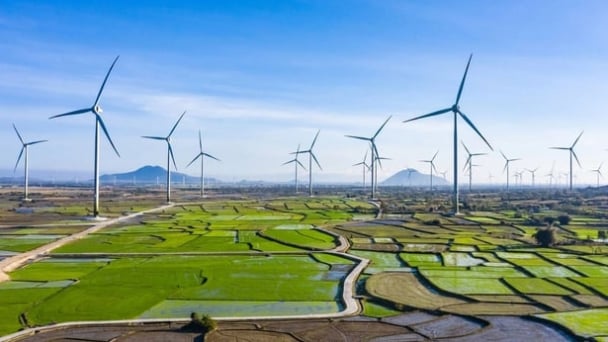
(VAN) As a doctoral student doing research on renewable energy and electrification at Harvard University, the author shares his musings on electricity, nature, and countryside memories.
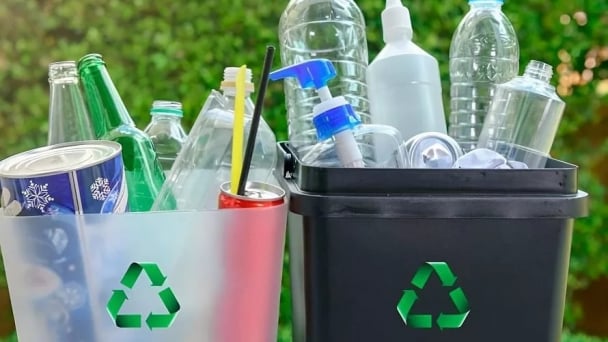
(VAN) The decree on Extended Producer Responsibility (EPR) ensures transparent management and disbursement of support funds, avoiding the creation of a “give-and-take” mechanism.
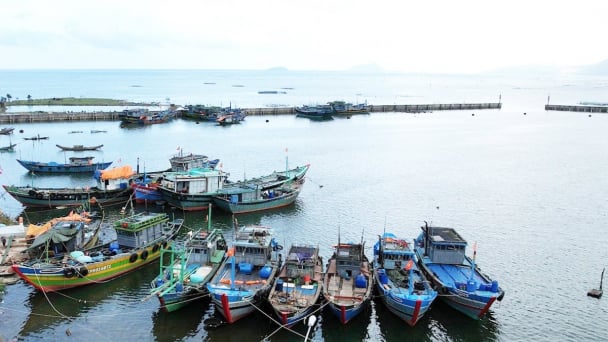
(VAN) Hue City rigorously enforces regulations regarding marine fishing and resource exploitation, with a particular emphasis on the monitoring of fishing vessels to prevent illegal, unreported, and unregulated (IUU) fishing.